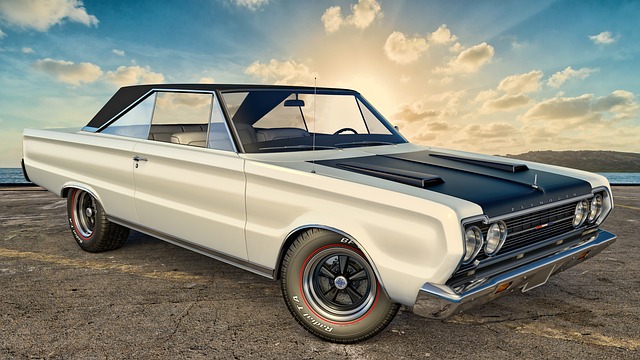Introduction
When it comes to operating a boat, one of the most essential components is the steering wheel. It allows the boat operator to control the direction of the vessel and navigate through the water. But have you ever wondered what a boat’s steering wheel is called? In this article, we will explore the terminology used to refer to a boat’s steering wheel and delve into its design, functionality, and importance in boating.
The Helm
The term commonly used to refer to a boat’s steering wheel is “the helm.” The helm encompasses not only the steering wheel itself but also the entire steering system, including the mechanisms and controls that enable the operator to steer the boat. It is the central control station from which the boat is navigated.
Design and Functionality: Boat steering wheels, or helms, come in various designs and sizes depending on the type and size of the vessel. They are typically circular in shape and are mounted on a vertical steering column. The wheel is connected to a series of gears, cables, or hydraulic systems, which transmit the operator’s steering inputs to the boat’s rudder or outboard motor, resulting in the desired change in direction.
The helm may also feature additional controls and instruments, such as throttle and shift levers, engine gauges, navigation equipment, and other switches. These components allow the operator to control the boat’s speed, monitor engine performance, and navigate safely.
Importance in Boating: The helm is a critical component of a boat as it enables the operator to have precise control over the vessel’s direction. Whether it’s a small recreational boat or a large commercial ship, the steering wheel plays a vital role in ensuring safe and efficient navigation.
The helm allows the boat operator to make course corrections, avoid obstacles, and navigate through various water conditions. It provides the means to respond to changing circumstances, such as wind, waves, and currents, ensuring the boat stays on the desired course.
Types of Steering Systems
Boats can have different types of steering systems, depending on their size, design, and propulsion method. Some common types include:
1. Mechanical Steering: Mechanical steering systems use cables or rods to transmit the operator’s steering inputs to the boat’s rudder or outboard motor. These systems are often found in smaller boats and are relatively simple and cost-effective.
2. Hydraulic Steering: Hydraulic steering systems utilize hydraulic fluid to transmit steering inputs. They offer smoother and more responsive steering, making them popular in larger boats and high-performance vessels. Hydraulic systems can provide power-assisted steering, reducing the effort required to turn the wheel.
3. Electric Power Steering: Electric power steering systems use electric motors to assist the operator in turning the wheel. These systems are becoming increasingly common in modern boats, offering precise control and ease of use.
Conclusion
In conclusion, a boat’s steering wheel is commonly referred to as “the helm.” It encompasses not only the wheel itself but also the entire steering system and controls. The helm plays a crucial role in allowing the boat operator to navigate through the water safely and efficiently. Whether it’s a mechanical, hydraulic, or electric power steering system, the helm provides the means to control the boat’s direction and respond to changing conditions.
References
– BoatUS Magazine: www.boatus.com
– Discover Boating: www.discoverboating.com
– West Marine: www.westmarine.com











